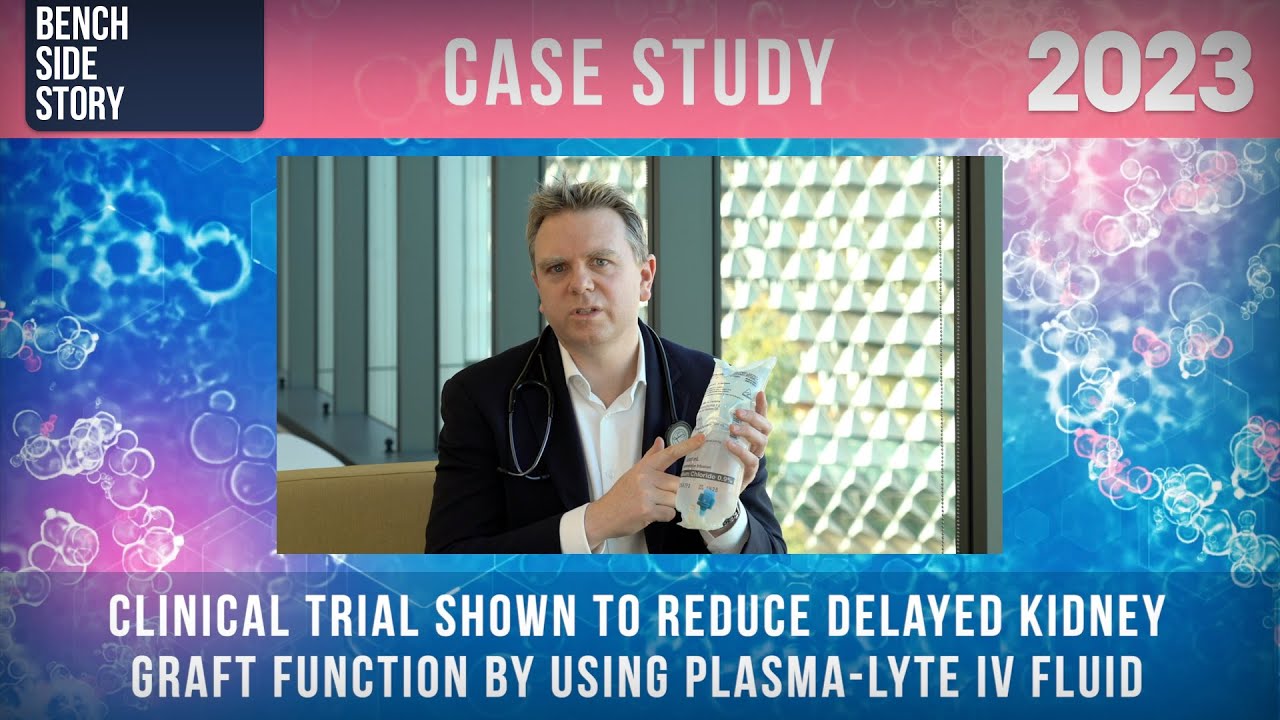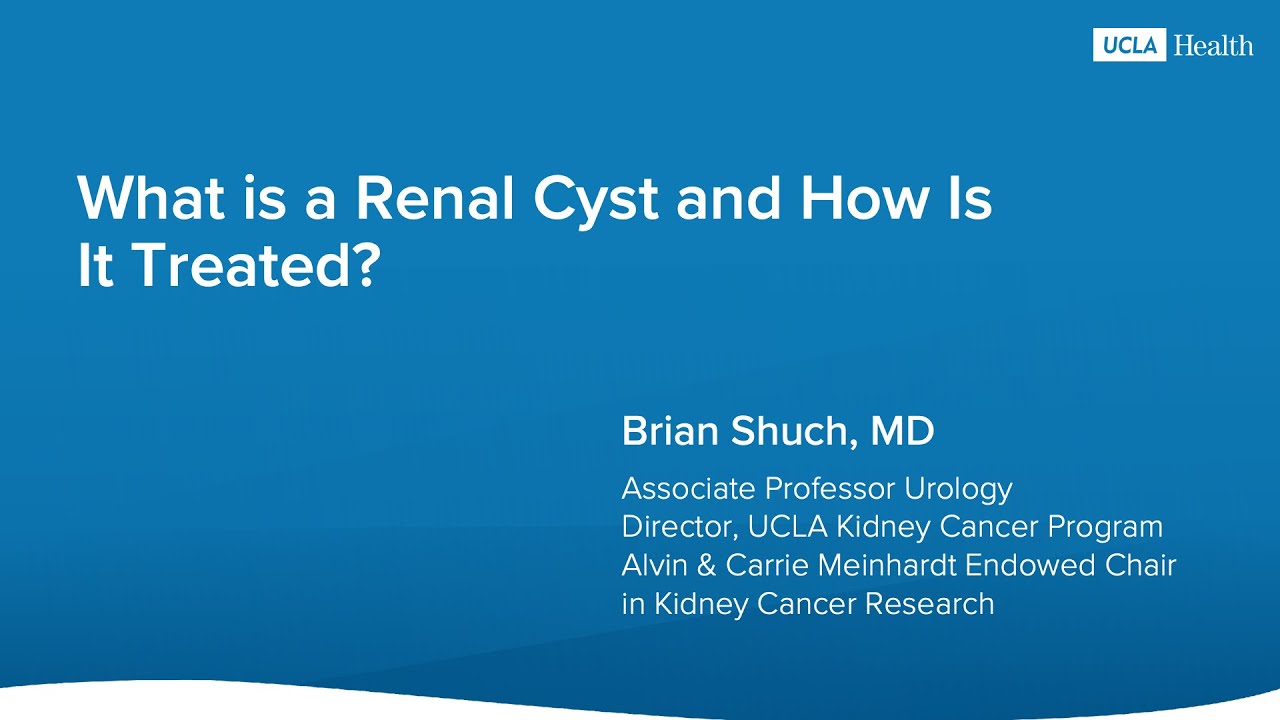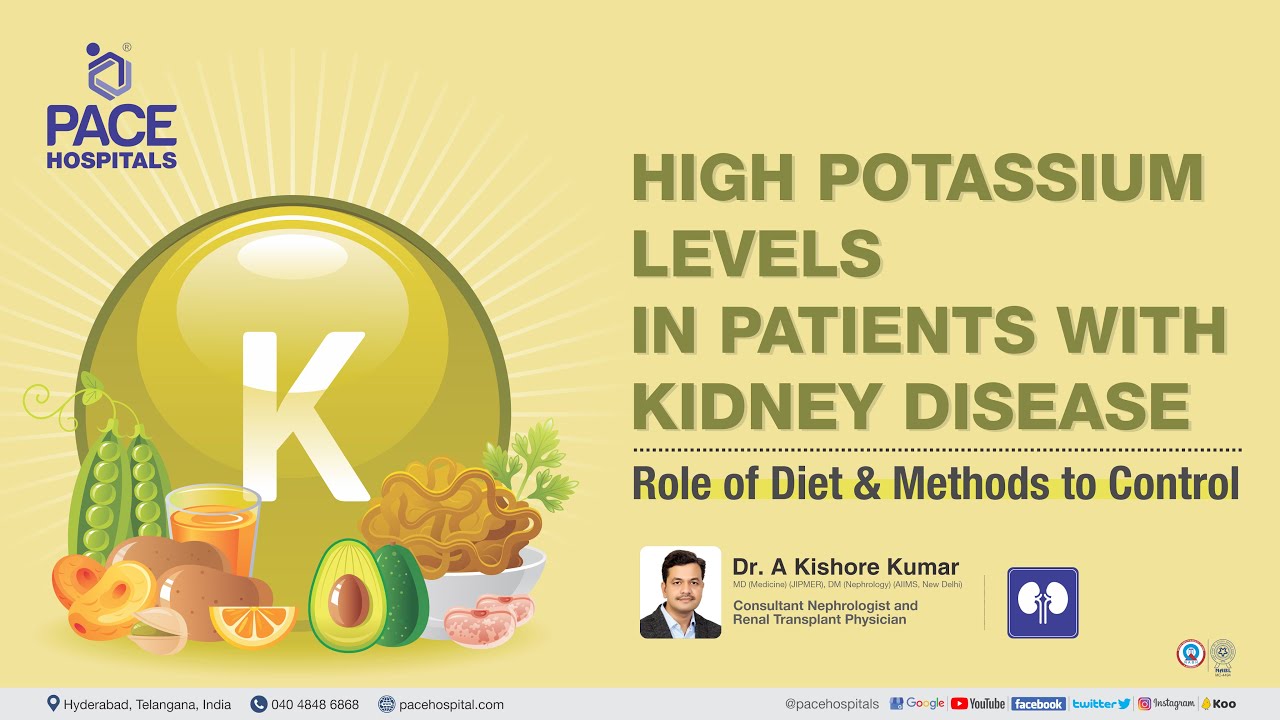Polycystic Kidney Disease (updated 2023) – CRASH! Medical Review Series
November 11, 2023 • Kidney Disease Content Hub
Polycystic kidney disease (PKD) is a common cause of secondary hypertension, particularly in young people. PKD is a group of disorders, with the most relevant being autosomal dominant polycystic kidney disease (ADPKD) and autosomal recessive polycystic kidney disease (ARPKD). Both are diagnosed via ultrasound and involve hereditary renal cysts that develop over time, leading to hypertension and eventually end-stage renal disease. Treatment focuses on managing complications. ADPKD can present in childhood or adulthood with symptoms such as early onset hypertension, gross hematuria, and mild episodic flank pain. A drug called tolvaptan can slow the progression of ADPKD by inhibiting vasopressin, which stimulates the development of more cysts. ARPKD is usually detected on prenatal ultrasound and can lead to Potter’s syndrome, characterized by abnormal facial appearance and limb distortions due to low amniotic fluid. Management is symptomatic, with no role for tolvaptan.










